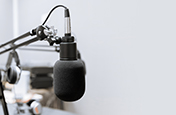Music mixing dos and don’ts for beginners.
Making a good mix is a critical part of audio engineering. Take notes and gain insight on how to elevate your rough mix to the next level.
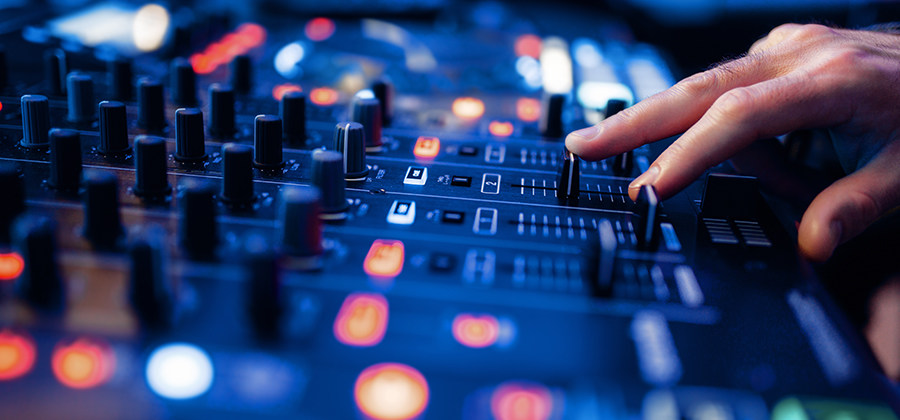
Music mixing brings everything together.
Audio mixing is integral to music creation, though it is often the unsung hero of the process. Mixing engineers take each individual track and blend them together to create a final composition that highlights each instrument and performer, while blending everything into a cohesive final product. Take your first steps toward creating your own mix with these music mixing tips.
Do: Know the fundamentals.
Mixing music is about more than managing audio levels. Sound engineers also manage panning (where each instrument falls in the stereo spectrum), eliminate muddiness with equalisation (EQ) and manage the effects that each performer might have applied to their instrument. Developing a basic understanding of these concepts and how to work with them in audio engineering software is a good place to start building your knowledge.
Don’t: Try to make a mix something it isn’t.
When you get an exciting new set of tools, it’s tempting to use them for everything in the mixing process. But remember, a good rule of thumb is that a good mix brings to the fore what is already present.
Audio engineer Peter Rodocker takes stock of everything in loops to understand where everything might belong. “As you start figuring out what the important elements in a song are, you can put together a rough balance of where you think things should be — how instruments are functioning in the song and how they ought to interact with each other.”
Do: Mind your home studio speaker/room combination.
The physical space where you’re mixing music can make a huge difference in the final product. “How good your studio is going to sound is only as good as the room that you’re in,” says audio engineer Gus Berry. “The room that you’re in is an extension of the sound that your speakers will be putting out.” Where your speakers are relative to each other and the rest of the room matters. A properly arranged room will go a long way toward creating a great-sounding mix.
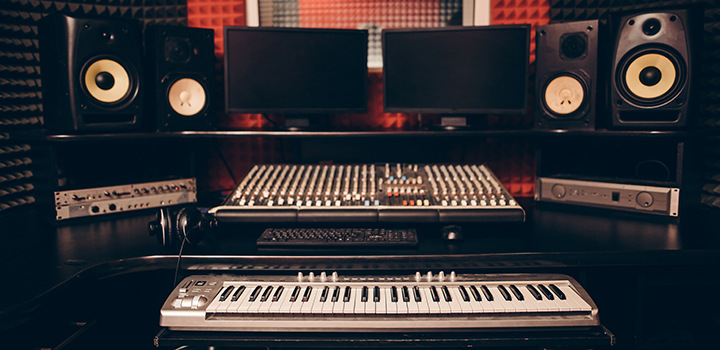
Don’t: Overdo the reverb and other plugins.
Reverb makes music from an instrument produce lasting sound across the track. Many instruments (for instance, acoustic ones like guitars) have a natural reverb effect. One mistake that many novice engineers make is overdoing their reverb, which can create a muddy, soupy-sounding track. Apply it moderately to help create a dynamic mix with a broad range across the high and low ends. If your mix starts sounding too far from what it was intended to be, dial it back a bit.
Do: Make sure your levels are balanced.
All of the compression and EQing in the world won’t help you if you’ve got tracks with levels all over the place. The normalise effect in Adobe Audition can be extremely helpful in setting up this. This effect applies gain to the amplitude of your tracks to bring everything to a constant and consistent level, which reduces the amount of highs and lows you get in the final mix.
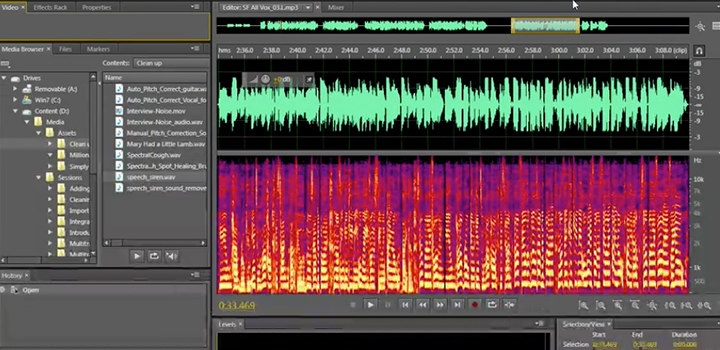
Don’t: Overdo your bass and treble.
Exaggerating the bass and treble on any track is a common mistake. Ensuring that your bass and treble are more conservative rather than overblown will help to make the track suited for a wide variety of playing environments, be they headphones, a car stereo or a home audio set-up. Remember, a listener can always adjust levels on their end as well.
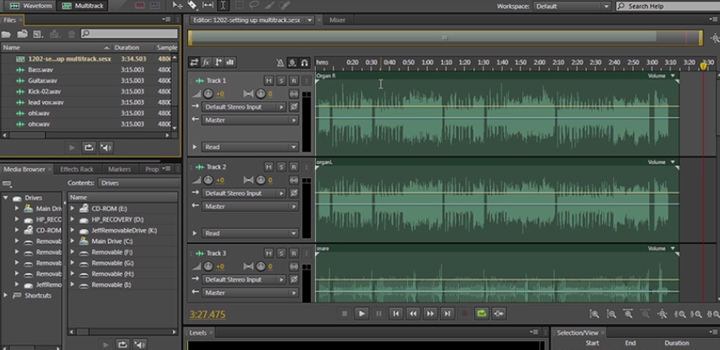
Now it’s time to mix music.
For the first-time mixing engineer or the seasoned pro, Audition has all the tools you’ll need to create professional and beautiful music mixes. If you want to develop more basic skills that will help you to understand mixing better, start by learning how to record and edit music before tackling music mixing and even how to remix music to fit a video.
Contributors
Do more with Adobe Audition.
Your pro workstation for recording and mixing audio, creating podcasts and designing sound effects.
You might also be interested in…
Learn the basics to help you break into this popular audio medium.
Finding the best DAW for your audio needs.
Learn how to select a music or podcast mixing platform to meet.
Setting up a home recording studio.
Explore the basics of creating a space at home to capture high-quality audio.
Lossy or lossless? Compressed or uncompressed? Find the audio format that fits your needs.
Get Adobe Audition.
Create, mix and design sound effects with the industry’s best digital audio editing software.
7 days free, then NZ$44.51/mo incl. GST.
